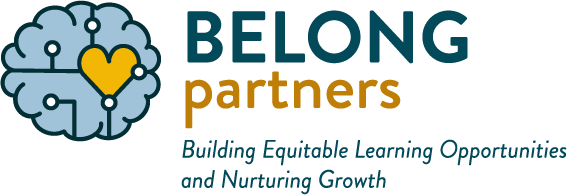During this time of ‘stay home, stay safe,’ many of us are spending lots of time at home with our families and loved ones. But with all this togetherness, are we feeling more connected to one another?
Why does connection matter?
At Sound Discipline, we teach, coach, and talk about connection with educators, school leaders and families because being connected makes the classroom, learning, and life more vital, enriching and safe. When connection is missing for a child, it may manifest as a behavior issue: attention seeking, bullying, or unwillingness to participate. Adults may experience a lack of connection as exhaustion, joylessness, yelling, or tuning out – on the phone, or in front of TV.
We learn who we are in the context of our connections to other people. Families are our first relationships. Building that sense of connection in your family can be difficult – particularly in the current climate of stress and uncertainty. Taking time to improve your connection with your children is the most important way to foster resilience in them for the rest of their lives.
The single most important factor in children’s resilience in the face of life challenges is the belief that you matter to another person.
Here are some ways to think about and practice building connection between parents and kids:
Know that relationships are messy. Being connected does not mean that everyone is cheerful and happy when spending time together. Magical moments do happen, but children gain a sense that they matter from feeling seen for who they really are, even when they are tired, grumpy, mean, bored, or angry.
Help your child develop a vocabulary to describe their inner experience. Children who can name and recognize their feelings feel seen and understood. This experience supports them to do a better job of self-regulating. Here are some phrases to try out to help your child talk about their feelings:
- Describe what you see.
- “It seems like you are feeling disappointed because you wanted a candy bar and I won’t buy it for you.”
- “It looks like you are angry because your sister destroyed your building.”
- Share your own feelings.
- “I’m feeling stressed because I need to get to work and I’m worried that I’ll be late.”
- “I’m feeling grumpy because a customer yelled at me today.”
- Read stories together and talk about what the characters might be feeling.
- Put a chart of feeling faces on your refrigerator so that you and your children can explore the meanings of different words.
- Make a feelings chart of your own by taking pictures of your children making faces representing different feelings.
Remember that the problem behavior is usually a solution to another (unseen) problem. Not unlike adults, children act out to meet a need — feeling left out, ignored, rushed, not appreciated, etc). That doesn’t excuse the behavior – but it can help you understand that “who” your child is might be different than what they are doing.
Model mistakes and take care of your own emotions.
“I’m feeling angry and disappointed right now because I burned the rice. I’m going to take a minute to sit and just calm down, so I don’t yell.”
Connect before correct.
“I see that you are really angry right now, but it is not okay to hit your brother.”
Believe in your children.
Over and over again, caregivers and parents tell us that one of the most powerful things that their parents did was to believe in them – even when they didn’t believe in themselves. Having faith that your child is really capable and loving despite the current challenge(s) actually boosts their ability long term to face and cope with challenges.
